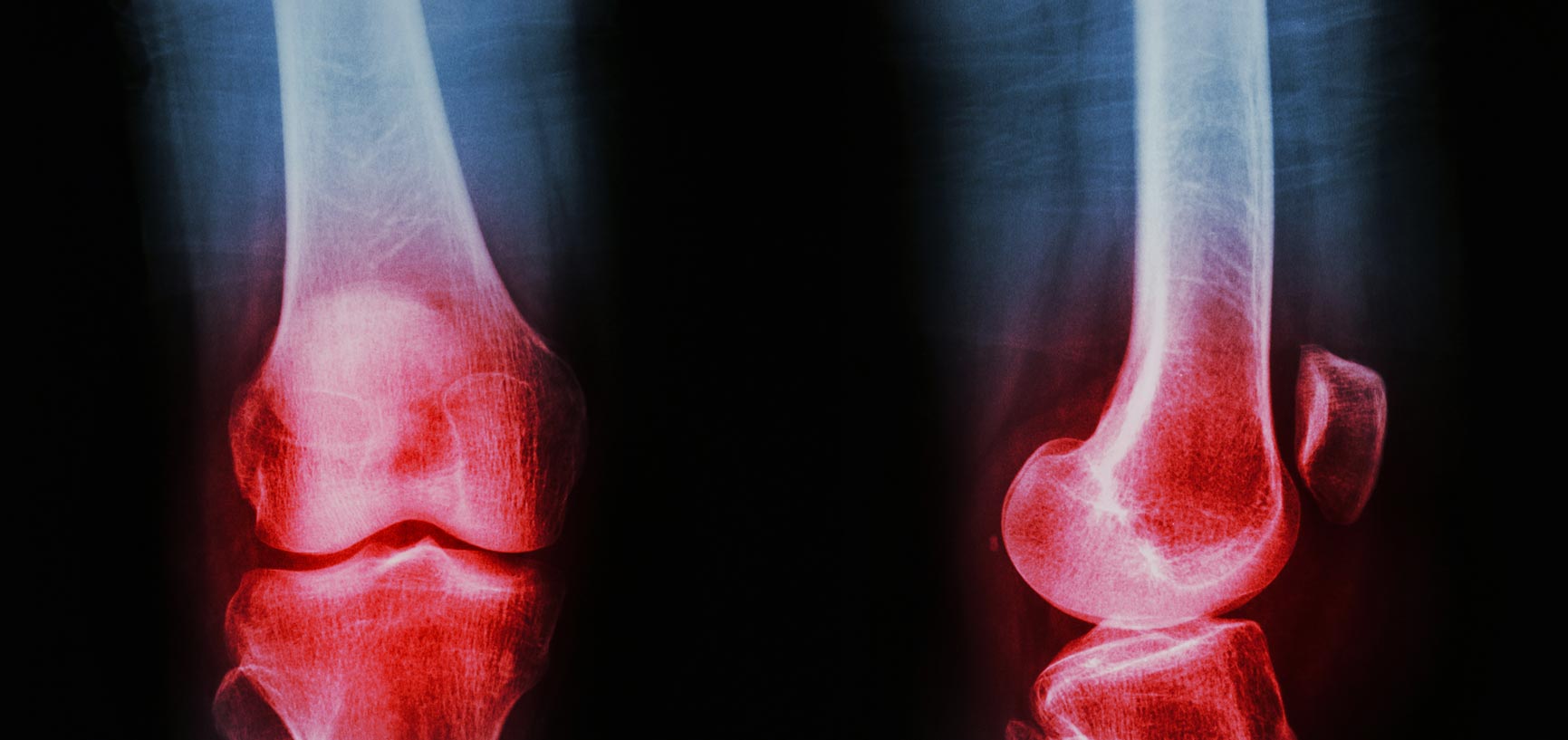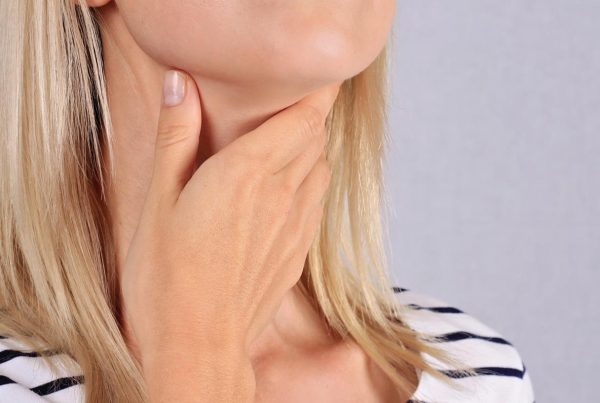Osteoarthritis (OA) is caused by aging joints, injury, and obesity. Symptoms include joint pain and stiffness. Treatment depends on the affected joint, including the hand, wrist, neck, back, knee, and hip, and involves medication and exercise. Osteoarthritis is a degenerative joint disease, and is the most common type of arthritis. It is associated with the breakdown of a joint’s cartilage. Cartilage is a firm, rubbery material that covers and cushions the ends of bones in normal joints. Its main function is to reduce friction in the joints and serve as a “shock absorber.”
Osteoarthritis is typically divided into two broad categories: Primary osteoarthritis commonly occurs with aging, as the water content in the cartilage increases and the protein portion deteriorates. Secondary osteoarthritis is usually due to another disease or condition, such as repeated trauma, infectious disease, gout or surgery on a joint. Symptoms include pain in the affected joints, swelling, pain and stiffness after inactivity and in some cases pain even when resting. The degree of symptoms varies among individuals. Some people become completely debilitated, while others may experience few symptoms despite the severity of their condition. Symptoms may also be intermittent, and some individuals go for long periods of time relatively free of any symptoms. Pain is the major reason leading patients to consult their physicians for the treatment of arthritis, so effective pain control is an important goal in the management of this disorder. Pharmacologic therapy begins with simple analgesics and education.
Currently, the process underlying osteoarthritis cannot be reversed, but many symptoms can usually be effectively managed with lifestyle changes. Exercising and achieving a healthy weight are generally the most important ways to treat osteoarthritis. There are a number of treatments other than medications. These can substantially improve your arthritis symptoms, and they are usually the first treatments recommended.
Weight loss. Joint pain is strongly associated with body weight. Just as carrying extra weight strains and damages the joints, dropping those pounds will reduce the strain, thereby reducing the risk of arthritis. Even losing just a small amount of weight can improve joint health and function and reduce joint pain. A study of overweight women showed that a weight loss of merely 11 pounds reduced their risk of developing knee OA by half. It is not known if weight loss slows the worsening of arthritis in joints that are already affected, however, weight loss may reduce joint pain in weight bearing joints, such as the hips and knees.
Exercise programs and physical therapy. While you may worry that exercising with osteoarthritis could harm your joints and cause more pain, research shows that people can and should exercise when they have osteoarthritis. Exercise is considered the most effective non-drug treatment for reducing pain and improving movement in osteoarthritis. Two kinds of exercise are important for people with osteoarthritis: First, exercises involving range of motion, also called flexibility exercises. Range-of-motion exercises include gentle stretching and movements that take joints through their full span. Doing these exercises regularly can help maintain and even improve the flexibility in your joints. Second, endurance or aerobic exercises to strengthen your heart and make your lungs more efficient. These have the added benefit of reducing fatigue, so you have more stamina throughout the day. Your healthcare provider may recommend physical therapy. The therapist will gently move and mobilize your muscles and joints to improve their motion, flexibility, and strength and can work with you to create an individualized exercise program that will strengthen the muscles around your joint. For some patients the addition of manual therapy techniques to exercise has been shown to decrease pain and increase function.
Additional treatments. Depending on the severity and location of your osteoarthritis, assistive devices such as canes, walkers, electric-powered seat lifts, raised toilet seats, and tub and shower bars can reduce the stress on joints and can make it easier to perform daily tasks. Well-cushioned shoes and orthotic shoe inserts may reduce stress on the joints of the spine and leg. Splints that immobilize the joints can reduce pain and inflammation, and many splints can be worn throughout the day and night. Braces can help stabilize unstable joints.
Diet Changes to Manage Symptoms. If you are taking any pain medications, eat a diet rich in foods that contain fiber such as whole grains, fruits, and vegetables. Unless you have a medical condition that limits fluid intake, try to drink 48 to 64 ounces of fluid daily.You might also consider adding a few supplements to your diet that can help reduce inflammation. Taking control of the way you eat is a great way to play an active part in your osteoarthritis treatment.
Consider the benefits of rest. Osteoarthritis symptoms are sometimes worsened by activity and improved with rest. However, a complete lack of activity can lead to a loss of muscle and joint stiffness. If arthritis flares and causes significant pain and inflammation, your healthcare provider may recommend rest for 12 to 24 hours, followed by a return to usual activities. It’s not a therapy, but learning more about osteoarthritis is actually a powerful weapon. Information from the National Institute of Health
Who is NaturalPainRelief.org and Why Do We Exist?
We exist to inform and educate those suffering from temporary or chronic pain to find alternative science-based solutions free from addictive drug treatments and invasive procedures.



